January 25th was the Death Anniversary of Naren Bhattacharya, better known as M. N. Roy (1887-1954); An Indian revolutionary, radical activist and political theorist, as well as a noted philosopher from 20th century. Two part series will focus on the personality of M N Roy and his endeavours across the globe. It tries to highlight this fact that personalities like M N Roy, who were not rooted in any one particular national and ideological context, are being overlooked and the need to bring them back into the mainstream of national histories and also in histories of particular ideologies or movements. While tracing the intellectual and political Life of M. N. Roy, this part of the article will deal with Roy’s career before entering Indian Politics.
Just like Jawaharlal Nehru, Roy was active in politics for more than four decades. Born on 21 March 1887 at Arbelia, West Bengal, he started out in 1905 when Bengal was partitioned by the then British Viceroy Lord Curzon and he decided to leave active political life in 1947 when India attained independence. Roy’s actions throughout his life were motivated by his particular ideological formations. In that sense, he tried to bring unity in his thought and action. And so, he never wavered to put forth his ideas even if it was going against the current. To better understand Roy, it is necessary to have a look at Roy’s ideas briefly and how they were evolving continuously before proceeding further.
 There exists a constant thread of anti-imperialism and pursuit of freedom in Roy’s thinking throughout his life. That drove him initially towards militant nationalism. When he turned to Marxism in late 1910’s, he synthesized Marxist ideas with his specific context of colonial India. Marxism expanded Roy’s quest for freedom from just nationalistic ambitions to internationalist direction. From Marxism he moved to ‘radical humanism’ (which will be discussed later) in late 1940’s.
There exists a constant thread of anti-imperialism and pursuit of freedom in Roy’s thinking throughout his life. That drove him initially towards militant nationalism. When he turned to Marxism in late 1910’s, he synthesized Marxist ideas with his specific context of colonial India. Marxism expanded Roy’s quest for freedom from just nationalistic ambitions to internationalist direction. From Marxism he moved to ‘radical humanism’ (which will be discussed later) in late 1940’s.
Roy’s ideational circle was continuously expanding. He started from anti-colonial national liberation movement and moved to the liberation of oppressed classes of Asia in particular and the world in general through Marxism. In his intellectual advancement, he reached a point (of radical humanism) when he considered freedom and reason as two most important values for human existence. In this enlargement of his ideas, he never lost a streak of radicalism (and which might have prevented him from becoming a successful political organizer). With this backdrop in mind, let’s take a look at Roy’s career.
Roy’s political-intellectual career can be divided up in four phases. First phase is from 1905 to 1915 when he was active in India through his extremely militant methods. Second phase is his international career which spans from 1915 to 1930. In this phase he was transformed from being a radical freedom fighter to a brilliant communist theoretician-leader who challenged Lenin’s ideas about the support for anti-colonial struggles and tried to spread revolutionary Marxist ideas in Asia.
Third phase of Roy begins in 1930 when he returned to India clandestinely and was put in prison for Six years. This phase ends in 1948 when he dissolved his Radical Democratic Party and retired from active politics. Fourth and last phase of his life is from 1948 to 1954 when he decided to stay put at Dehradun to pursue intellectual endeavors by forming Indian Renaissance Institute. In this phase he also organized camps for training his (especially young) followers.
Each phase of Roy’s career is explained in detail in the next section. Given the nature of work he carried out, focus is obviously more on his second and third phase i.e. between 1915 to 1948. First and Fourth phase will be covered briefly.
Roy before Comintern: 1905-1920
Bengal was politically very active in later years of 19th century and was proving difficult for the British to manage. They decided to partition it in 1905 and thereby to divide Bengalis in two separate provinces wherein they will be in a minority. This sparked off violent reactions and Bengal stood up against the partition.
 It was around the same time that Bengali youth was getting organized and also radicalized for toppling the British Raj from India. Many organizations were formed then in Bengal, one of them being Anusheelan Samiti. Roy joined it (Roy, 1997, p.4). He was involved in various cases of robberies to raise funds for the terrorist activities and to acquire arms and ammunition. He travelled extensively to organize various terror groups around early 1910’s. He was arrested more than once in this period by the British authorities for his activities.
It was around the same time that Bengali youth was getting organized and also radicalized for toppling the British Raj from India. Many organizations were formed then in Bengal, one of them being Anusheelan Samiti. Roy joined it (Roy, 1997, p.4). He was involved in various cases of robberies to raise funds for the terrorist activities and to acquire arms and ammunition. He travelled extensively to organize various terror groups around early 1910’s. He was arrested more than once in this period by the British authorities for his activities.
As the clouds of First World War were gathering, Roy and his group got in touch with the German officials in Calcutta to obtain arms and funds. It was this search which took him to the then Dutch ruled Indonesia in 1915 and from then on to the United States of America (USA) via Japan (Roy, 1997, pp.4-13). He landed on the West coast of the USA with which first phase of his life ended.
The British officials knew about Roy, so they followed him even in the USA. In the USA he met Indian revolutionaries who were organizing revolt in the British India (Roy, 1997, pp.13-18). They were known by the name ‘Ghadar’ which meant ‘rebellion’. They were led by Lala Lajpat Rai who later became famous for anti-Simon Commission agitation in Lahore in 1928. (In the USA, at around the same B R Ambedkar was also completing his Doctorate from Columbia University. There is no evidence which could substantiate any claims whether Roy met him or not.) Search was still on for Roy as the British wanted him. There were even news reports about Roy’s arrival in the US.
Roy met his first wife Evelyn in the USA (Roy, 1997, p.14). She introduced him to the Western ideas and was responsible to bring a shift in his focus from nationalistic causes to the internationalist ones (Roy, 1997, pp.20-21). To avoid the British spies, he went to Mexico in 1917 with his wife. There he formed the Mexican Communist Party (Roy, 1997, p.28), first in the entire Western Hemisphere and also first outside the Soviet Union (Karnik, 2012, p.28). He got along well with the then President Carranza of Mexico (Karnik, 2012, pp.26-30).
Through his writing and work in Mexico, Roy became very popular. He was introduced to the European arts and culture in Mexico which broadened his overall outlook (Roy, 1997, p.21). Roy was specifically attracted towards the process of renaissance, reformation and enlightenment in Europe. Before Mexico, Roy’s exposure was limited to India and Indian culture. This introduction to European culture in addition to Marxism was to have lasting impact on his thinking process. During his stay in Mexico, Roy also met Borodin, a high ranking Soviet Official sent to the USA for spreading Communist ideas. Borodin debated with Roy about various Marxist ideas and completed Roy’s ideological turn from right wing nationalism to the left wing internationalism (Roy, 1997, pp.22-30).
Because of his work in Mexico and his friendship with Borodin, Roy got an invitation to attend the Second Communist international (Comintern) in 1920. He attended that conference as a Mexican representative (Roy, 1997, pp.29-30). There were invited Indian representatives, but then he was assumed to be de-facto Indian representative.
Comintern Years: 1920-1930
Marx had focused on the advanced capitalist countries i.e. west European countries for his analysis of capitalism. He counted on the industrial labor class (proletariat) in those countries to overthrow the oppressive capitalist system and bring about socialist order of classless society. Lenin, using Marxist methods, had put forward his thesis in 1915 which proclaimed that Imperialism is the highest stage of capitalism. With the Bolshevik revolution of 1917 in Russia, first Communist government in the world was formed. They overthrew Tsarist regime and proclaimed that now a people’s republic has been formed (Mclean & Mcmillan, 2009, pp.470-71).
 Formation of Communist government in Russia was an important development for capitalist world. Attempts were made to subdue this revolution and Bolshevik government. Civil War had started in Russia in the aftermath of revolution and it continued in 1918-19. Meanwhile, Russian Marxists thought to spread the revolution across the world. Marxism as an ideology had an internationalist outlook right from the beginning. Marx himself had given call for ‘workers of the world to unite’. So, it was but natural that after the revolution, Russian Marxists thought of spreading their ideology across the world. They formed Communist International, better known as Comintern, for this purpose (Stalin disbanded it later).
Formation of Communist government in Russia was an important development for capitalist world. Attempts were made to subdue this revolution and Bolshevik government. Civil War had started in Russia in the aftermath of revolution and it continued in 1918-19. Meanwhile, Russian Marxists thought to spread the revolution across the world. Marxism as an ideology had an internationalist outlook right from the beginning. Marx himself had given call for ‘workers of the world to unite’. So, it was but natural that after the revolution, Russian Marxists thought of spreading their ideology across the world. They formed Communist International, better known as Comintern, for this purpose (Stalin disbanded it later).
Comintern's first congress was convened in 1919 in Moscow, Russian capital (Mclean & Mcmillan, 2009, p.269). Second Congress of Comintern took place next year in 1920 which M N Roy attended as Mexican representative. In the Second Congress, discussing the colonial world, position was taken that united front should be taken to oppose colonial governments. Communist parties were to be involved in the national liberation struggles. Lenin himself had supported this formulation. But M N Roy argued against this line of thinking. He was of the opinion that communist movements in colonies should be supported but not bourgeois led national freedom struggles (Roy, 1997, pp.38-52) (Remnek, 1975).
Roy, with his synthesis of Indian experience and Marxism, also expounded in the Second International that to overthrow capitalism in the metropolitan countries of the west, their colonies in Asia should first be liberated. This would reduce the capacity of the colonial capitalism to exploit colonies and sustain itself. It means, capitalism of Europe depended on colonies in Asia (Roy, 1997, p.49). So, struggles in colonies for freedom attained importance as they were in effect opposing the imperialism and capitalism of the west which Communists were also opposing and were hoping to bring it down.
This formulation then raised an important question as to whether to support ongoing national liberation movements in colonies or not. According to Roy, bourgeoisie in the colonized societies was not to be trusted for revolution (Roy, 1997, pp.49-52). Their help should be taken so far as they are useful for ending the Imperialism in colonies. But then, communist parties in the colonies should remain at the forefront of this struggle because national bourgeoisie remains in alliance with the old, feudal structure (Roy, 1997, p.52). But Roy’s theses were not given adequate attention.
Roy’s argument was different from Lenin’s formulation of supporting existing national liberation movements in colonies. With this debate, then 33 year old Roy reached to the high echelons of Comintern (Karnik, 2012, p.37). He was to play major role in deciding Comintern’s policies about colonies. In the immediate years after First World War, from 1920 to 1925, Roy was directing communist movement in India from his base in the Soviet Union.
India of early 1920’s was swayed over by Gandhian method of non violent struggle and his overall politics. Gandhi brought in new enthusiasm in masses about India’s freedom and expanded the organizational base of Congress. Communists were standing against Gandhi and his Congress. British imperialism was their prime target but the mainstream of freedom movement was also not radical enough for Communists. So, they had to fight against both of them for gaining influence.
Roy established Indian Communist Party in Tashkent, present day in Uzbekistan, and formed an Indian military academy to train Indians-in-exile in communist ideology and military tactics. This activity was later stopped under the pressure of British Government on Bolsheviks. It was used as a bargaining tool by Bolsheviks to get trade related concessions from the Britain (Karnik, 2012, p.41) (Roy, 1997, pp.55-56).
Roy tried to invade India via Afghanistan in early 1920’s. Afghanistan then was providing passage to Roy’s trained men to India. But this effort of Roy was not approved by Afghan government, which was a monarchy under the British influence then. Though Communists in Moscow supported it, they were skeptical about the efficacy of this plan from the beginning (Remnek, 1975).
British government in India was very watchful of Roy’s activities pertaining to India. So, they embarked upon the strategy to contain Roy’s influence, disrupt his lines of communication and supply (of money, materials and men), track his followers and if possible, put them in prison.
Due to Roy’s aggressive propaganda efforts and independently as well small groups communist groups were emerging in early to mid 1920’s in Indian cities like Mumbai, Madras and Lahore etc (Karnik, 2012, p.44). These small communist outfits were working, not always in tandem with Roy. As mentioned earlier, Congress was the strongest political force in India then. Congress was also a mass movement. He pressed his followers to infiltrate Congress from within as that would have provided them easy way in to masses and also a chance to spread their ideology. But it was not what happened (Remnek, 1975).
British Indian government had decided to contain Communism in India. They orchestrated trials in Kanpur. These trials of 1924 were a major setback to the mushrooming communist movement in India. Many young communist leaders were arrested and growth of communist influence was effectively checked. Roy was far away in Europe, unable to help his Indian comrades (Roy, 1997, pp.60-61). British had carefully spread misinformation about him which contributed to his image being taken a hit in India (Roy, 1997, pp.100-01).
At around the same time, debate was going on in Comintern as to who should guide communist movements in colonies? Whether communist parties in metropolitan countries should do it or communist parties in colonial world are allowed to set their own course? Sentiments in Comintern were in favor of former arrangement. Roy did not agree to it. But in 1925, Communist Party of Great Britain (CPGB) took over responsibility of guiding Indian communist movement from Roy (Karnik, 2012, p.46).
Roy was then sent to China where a civil war was going on and Chinese communists were actively taking part in it. Roy’s old friend Borodin was also engaged in China. In Chinese civil war, Kuomintang (KMT) led by Chiang-Kai-Shek was the dominant group. He was initially supported by the Soviet communists. They were helped to set up a military academy and moreover were provided with other required assistance (Karnik, 2012, pp.48-49).
For Roy and his fellow communists, three main questions were to be addressed in China. First was how long should Chinese communists co-operate with KMT? Second question was about the timing of agrarian revolution. And third question was about the second northern expedition being undertaken by Communist armies. Roy differed with Borodin on all three. Roy made a case for breaching ties with KMT immediately; he argued to implement agrarian revolution as early as possible in communist controlled areas and also opposed second northern campaign (Karnik, 2012, pp.50-51).
His reservations proved correct. Very soon, KMT leadership, under pressure from its own right wing, embarked upon slaughtering communists. Northern campaign also turned out to be a failure and it eventually reduced strength of Communists (Karnik, 2012, pp.51-53).
After the death of Lenin in 1924, Comintern was undergoing internal pressures of its own where struggle for power was being fought which ultimately resulted in Roy being expelled from Comintern. (More on that later.) It affected Comintern’s decision making related to China. Chinese communists did break ties with the KMT but that was too late for them. Their influence and strength was reducing by then. Later Mao had criticized Roy and Borodin both for their failure in China (Roy, 1997, pp.78-80).
Meanwhile in 1926, Roy had come up with another thesis on the changing nature of imperialism in India. He said, “(D) ays of classic imperialism were over.” According to him, to prevent the collapse of British capitalism, which was finding it, difficult to export capital to colonies, it was compelled to mobilize resources in colonies and encourage industrialization there. This stage, he argued, would inevitably lead India to attain dominion status within the British Empire. In this process, national bourgeoisie would be “granted partnership” in imperialist exploitation and so national liberation struggles led by such bourgeoisie should not be supported by communists.
This formulation was called as ‘Theory of Decolonization’ and ultimately it was to prove as one of the main reasons for Roy’s expulsion from Comintern. Roy’s thesis generated storm in Comintern. His theory was not adopted and was denounced (Roy, 1997, pp.80-84). It was not his thesis per se but rather its name and what it implied mattered more.
In late 1920’s fascism was on rise, due to economic depression and its effects, in Europe and German communists were of the opinion to join hands with social democrats for checking the growth of fascism. Comintern opposed this move. But nonetheless Germans went ahead with their conviction. Roy also supported them. Stalin was consolidating his power in the Soviet Russia and was of the opinion to strengthen socialism in country. Those who were opposed to Stalin were all expelled from Comintern including Zinoviev and Roy. 1929 can be called as a ‘year of expulsions’ in Comintern. Various groups were expelled from communist movements across the world (Roy, 1997, pp.85-86). Roy fled from Russia to Germany and lived there with the help of his Mexican passport. In Germany, Roy wrote his book on China whose 100,000 copies were sold very quickly. In addition to that, he continued to write for journals edited by former communists (Roy, 1997, p.86). This expulsion from Comintern put an end to second and most important phase of Roy’s life.
- Sankalp Gurjar
References:
1. Roy, S., 1997. M N Roy: A Political Biography. Hyderabad: Orient Longman.
2. Karnik, V.B., 2012. Manvendranath Roy ( Marathi). Delhi: National Book Trust.
3. Mclean, I. & Mcmillan, A., 2009. The Concise Dictionary of Politics. New York: Oxford University Press.
4. Remnek, R.B., 1975. M N Roy and the Comintern 1920-24. Humboldt Journal of Social Relations, 3 (Fall/ Winter), pp.26-35.
Read Second Part of this article:
M. N. Roy and Indian politics
Tags: Sankalp Gurjar Communist Party Of India Lenin एम एन रॉय लेनिन संकल्प गुर्जर भारतीय कम्युनिस्ट पक्ष Load More Tags

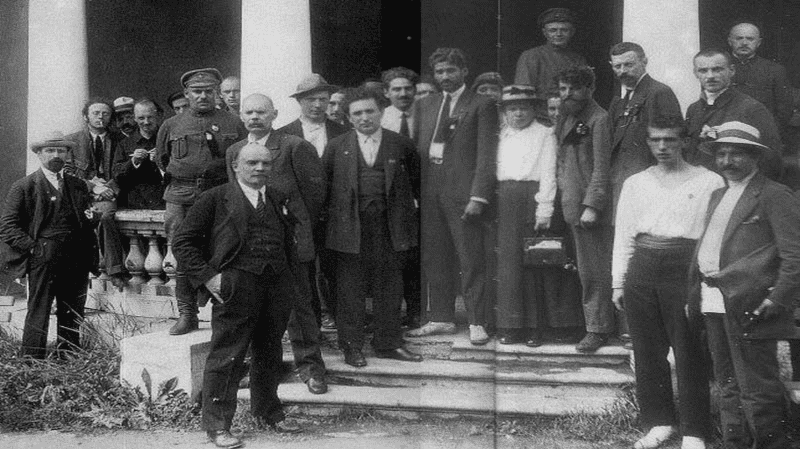


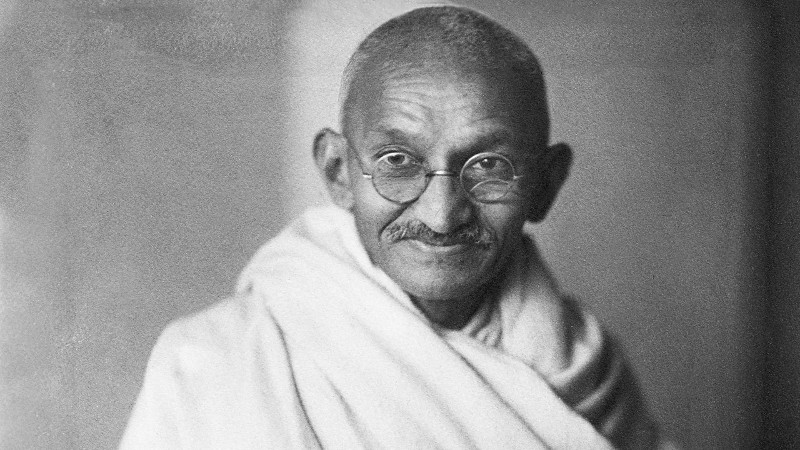
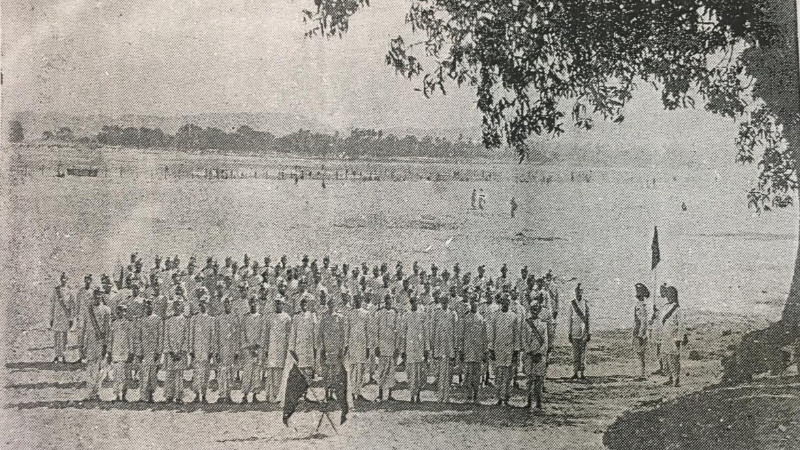

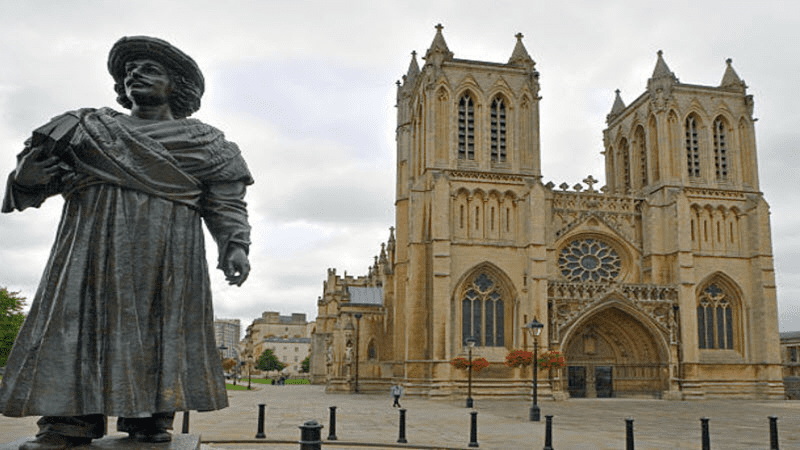
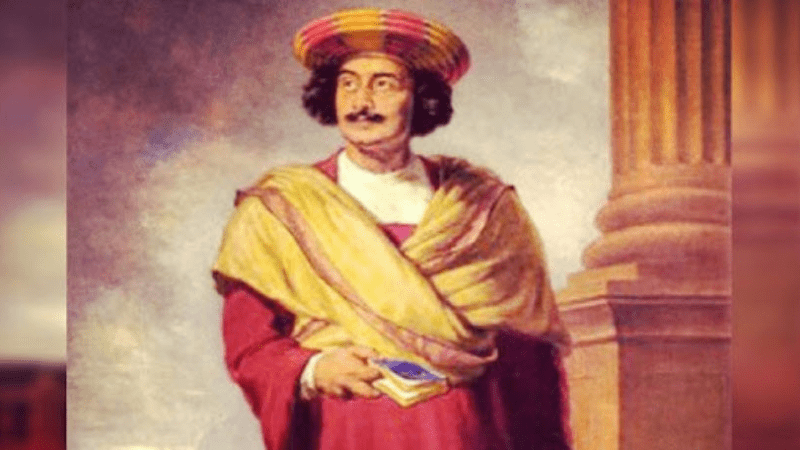
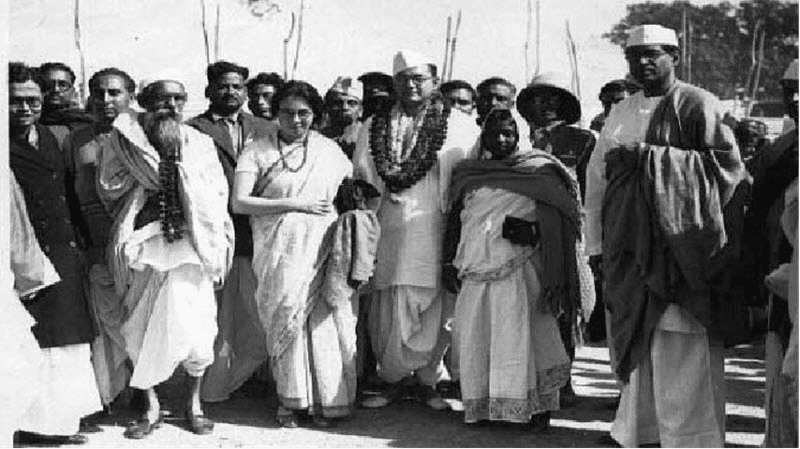
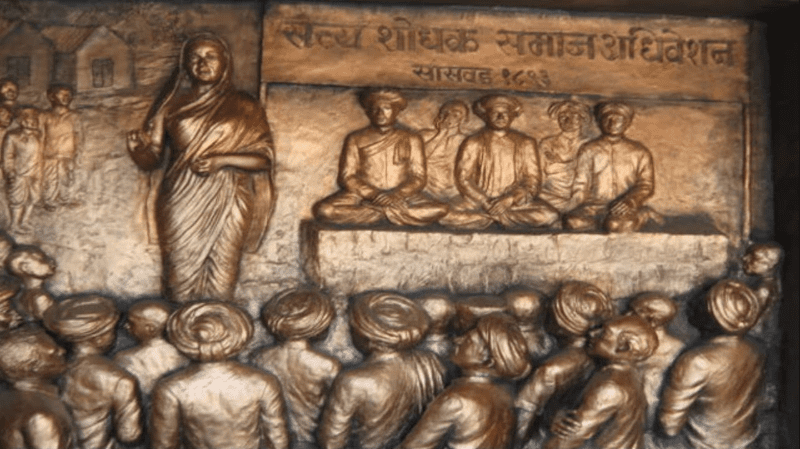
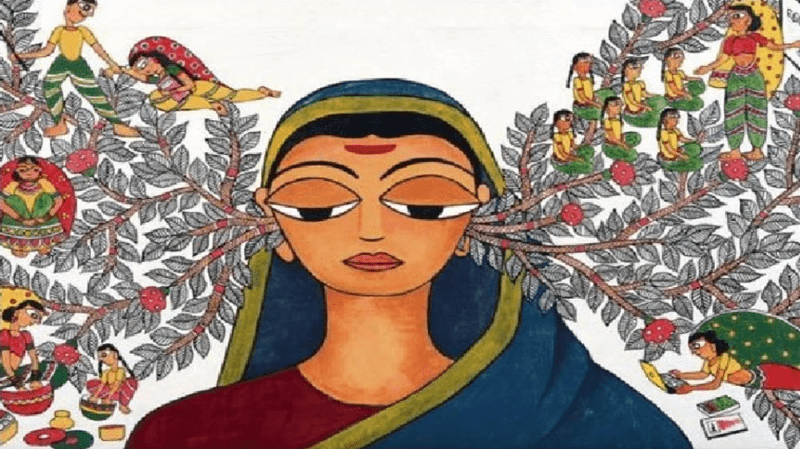

























Add Comment